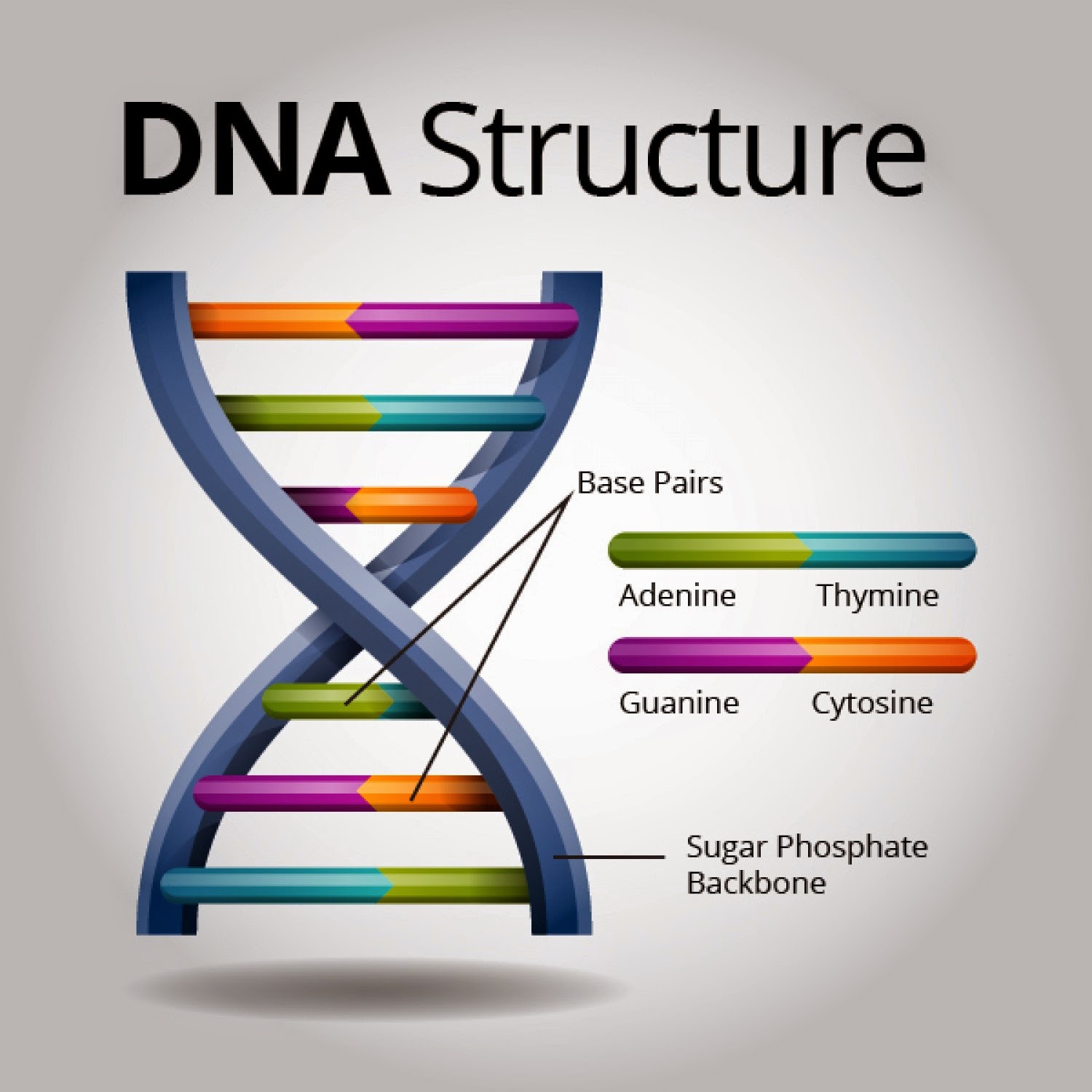DNA profiling, also known as DNA fingerprinting, is a sophisticated laboratory technique used to establish a biological individual’s unique genetic blueprint. This technology, predicated on the inherent polymorphisms found within an organism’s deoxyribonucleic acid (DNA), has revolutionized fields ranging from forensics and paternity testing to medical diagnostics and anthropological research. This exposition will delve into the intricacies of DNA profiling, elucidating its underlying principles, methodologies, and applications.
The cornerstone of DNA profiling resides in the analysis of specific regions within the genome that exhibit a high degree of variability between individuals. These regions, often referred to as genetic markers, encompass various types of repetitive DNA sequences, each with unique characteristics. Here’s a brief rundown:
- Short Tandem Repeats (STRs): STRs, also known as microsatellites, are short, repeating sequences of DNA, typically 2-6 base pairs in length. The number of repeats varies significantly between individuals, rendering them highly informative markers. STR analysis is the workhorse of modern DNA profiling due to its accuracy, efficiency, and amenability to automation.
- Variable Number Tandem Repeats (VNTRs): VNTRs, or minisatellites, are similar to STRs but involve longer repeating sequences, ranging from 10 to over 100 base pairs. While VNTRs were employed in early DNA profiling techniques, STRs have largely superseded them due to their smaller size and easier amplification via polymerase chain reaction (PCR).
- Single Nucleotide Polymorphisms (SNPs): SNPs represent single base-pair variations in the DNA sequence. Although individual SNPs offer less discriminatory power compared to STRs or VNTRs, analyzing multiple SNPs in concert can provide robust individual identification. SNPs are increasingly utilized in forensic genetics and disease association studies.
- Mitochondrial DNA (mtDNA): mtDNA resides within the mitochondria, cellular organelles responsible for energy production. Unlike nuclear DNA, mtDNA is inherited solely from the mother. mtDNA profiling is particularly useful in cases involving degraded DNA or when only maternal relatives are available for comparison. It is commonly applied in forensic investigations and genealogical research.
The process of DNA profiling typically encompasses several distinct stages. Sample collection, often via buccal swab or blood sample, marks the initiation of the process. Subsequently, DNA is extracted from the collected sample and purified to remove contaminants. Polymerase Chain Reaction (PCR) amplification constitutes the next step, wherein specific target regions, such as STR loci, are selectively amplified to generate a sufficient quantity of DNA for analysis. Amplified DNA fragments are then separated based on size using capillary electrophoresis, a technique that separates molecules based on their charge and size as they migrate through a gel-like matrix under an electric field. The separated fragments are detected using fluorescence, and the resulting data is analyzed using specialized software to generate a DNA profile, which is a numerical representation of the alleles present at each analyzed locus.
The applications of DNA profiling are far-reaching and extend across numerous disciplines. In forensic science, DNA profiling serves as an indispensable tool for identifying perpetrators of crimes, exonerating wrongly accused individuals, and linking suspects to crime scenes. Paternity testing relies heavily on DNA profiling to establish biological relationships between individuals with near certainty. Medical diagnostics utilizes DNA profiling for identifying genetic predispositions to diseases, diagnosing infectious diseases, and tailoring treatment regimens based on an individual’s genetic makeup. Furthermore, DNA profiling plays a crucial role in anthropological research, elucidating human migration patterns, tracing ancestry, and studying population genetics. The identification of human remains also benefits from DNA profiling, particularly in mass disasters and missing persons cases.
The interpretation of DNA profiles necessitates meticulous analysis and statistical evaluation. The rarity of a specific DNA profile within a given population is quantified using statistical measures, such as the random match probability (RMP), which estimates the likelihood of finding an unrelated individual with the same DNA profile by chance. Forensic DNA databases, such as the Combined DNA Index System (CODIS) in the United States, facilitate the comparison of DNA profiles from crime scenes with profiles of known offenders, thereby aiding in criminal investigations. The power of these databases lies in their ability to generate investigative leads and link seemingly unrelated cases.
Despite its remarkable capabilities, DNA profiling is not without limitations. The accuracy of DNA profiling depends on the quality and quantity of DNA available. Degraded or contaminated samples can yield inaccurate results or render the analysis inconclusive. Furthermore, human error during sample collection, processing, or analysis can compromise the integrity of the results. Ethical considerations also loom large in the context of DNA profiling, particularly with regard to privacy, data security, and potential misuse of genetic information. Safeguarding against unauthorized access to DNA databases and ensuring responsible use of genetic data are paramount to maintaining public trust and preventing discriminatory practices. The development of stringent protocols and regulatory frameworks is crucial for addressing these ethical concerns and upholding the integrity of DNA profiling as a scientific endeavor.
The ongoing evolution of DNA sequencing technologies and bioinformatic tools promises to further enhance the capabilities of DNA profiling. Next-generation sequencing (NGS) technologies, capable of simultaneously sequencing millions of DNA fragments, offer unprecedented resolution and throughput, enabling the analysis of increasingly complex genetic variations. Furthermore, advances in machine learning and artificial intelligence are being harnessed to develop sophisticated algorithms for analyzing DNA profiles, predicting phenotypes, and identifying disease associations. The future of DNA profiling lies in the seamless integration of these cutting-edge technologies, ushering in a new era of personalized medicine, precision forensics, and transformative scientific discovery. As the cost of DNA sequencing continues to plummet and the power of bioinformatic analysis continues to surge, the potential applications of DNA profiling will undoubtedly expand, shaping the landscape of healthcare, law enforcement, and beyond.










Leave a Comment